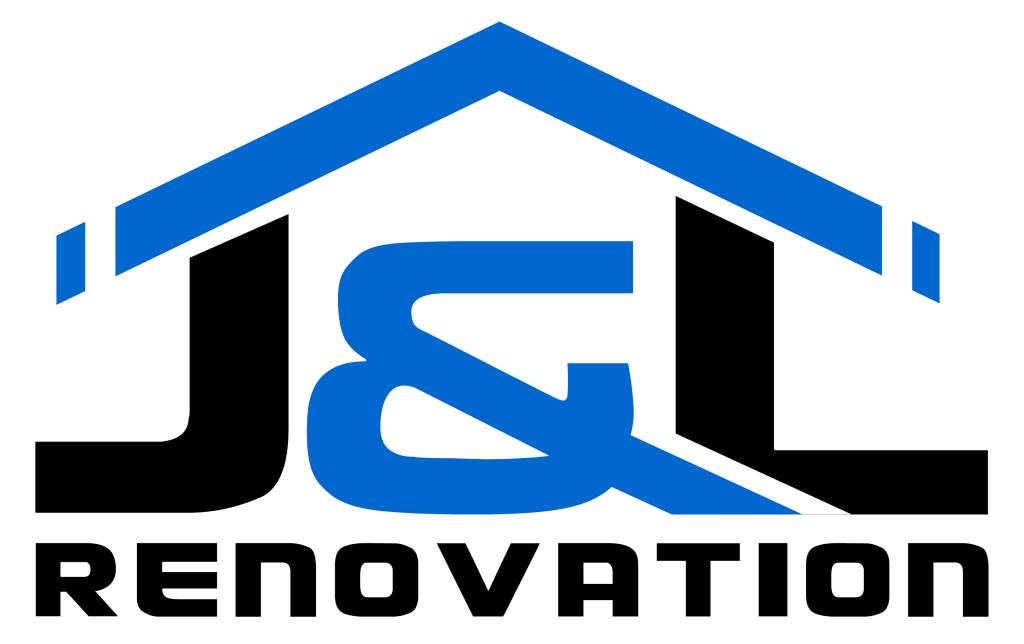Are you a homeowner considering renovating your property but worried about the high costs involved? One option you may want to consider is adding your renovation expenses to your mortgage. This can be a convenient and cost-effective way to finance your home improvement project. In this article, we will explore the basics of adding renovation costs to your mortgage, the benefits and drawbacks, and some tips to help you make the right decision.
Understanding Renovation Mortgages
A renovation mortgage is a type of loan that allows homeowners to finance the costs of their renovation project by borrowing against the value of their property. These types of loans are available from many lenders, including banks, credit unions, and mortgage brokers.
There are two types of renovation mortgages available to homeowners: the FHA 203(k) loan and the Fannie Mae HomeStyle loan. The FHA 203(k) loan is designed for properties that require major renovations, while the Fannie Mae HomeStyle loan is ideal for minor renovations.
How Does It Work?
Adding renovation costs to your mortgage works by combining your mortgage and renovation costs into one loan. When you apply for a renovation mortgage, your lender will consider the value of your property before and after the renovation, and lend you the money accordingly. This means that you can finance up to 75% of the post-renovation value of your property.
Once your loan is approved, your lender will pay your renovation costs directly to your contractor. You will then make one monthly payment to your lender, which will include both your mortgage and renovation costs.
Benefits of Adding Renovation Costs to Your Mortgage
There are several benefits to adding your renovation costs to your mortgage, including:
- Lower interest rates: Renovation mortgages typically have lower interest rates than personal loans or credit cards, making them a cost-effective way to finance your renovation.
- More manageable payments: By combining your mortgage and renovation costs into one loan, you can simplify your finances and make one monthly payment instead of several.
- Increased property value: Renovating your property can increase its value, allowing you to build equity in your home and potentially increase your resale value.
Drawbacks of Adding Renovation Costs to Your Mortgage
While adding your renovation costs to your mortgage can be a convenient and cost-effective way to finance your renovation, there are some drawbacks to consider:
- Higher upfront costs: You may need to pay higher upfront costs, such as appraisal and inspection fees, when applying for a renovation mortgage.
- Longer repayment period: Adding your renovation costs to your mortgage can extend your repayment period, which means you will pay more interest over time.
- Risk of over-improvement: Adding too many upgrades to your property can result in over-improvement, which means you may not recoup the full value of your renovation when you sell your property.
Read Renovating On A Budget: Tips And Tricks For Saving Money
Tips for Adding Renovation Costs to Your Mortgage
If you’re considering adding renovation costs to your mortgage, here are some tips to help you make the right decision:
- Do your research: Shop around for different lenders and compare rates and terms to find the best deal for your needs.
- Be realistic about your budget: Set a realistic budget for your renovation and stick to it to avoid overspending.
- Hire a reputable contractor: Choose a contractor with a good reputation and experience in your type of renovation project.
- Consider the resale value: Choose renovations that will increase the resale value of your property, such as upgrading your kitchen or bathroom.
- Don’t over-improve: Avoid adding too many upgrades to your property that may not provide a good return on investment.
Conclusion
Adding renovation costs to your mortgage can be a smart way to finance your renovation project, but it’s important to consider the benefits and drawbacks before making a

